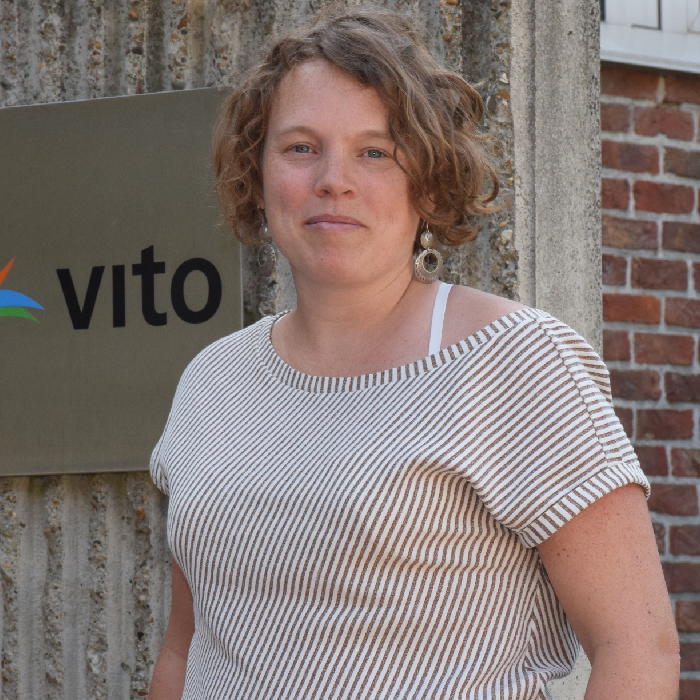
Eva Govarts – Flemish Institute for Technological Research (VITO), Belgium
Exposure of European citizens to HBM4EU priority chemicals – 27 April – 1:25 pm CEST
As part of HBM4EU a human biomonitoring survey is conducted in 23 countries. This survey builds on existing HBM capacity in Europe by aligning national or regional HBM studies and is referred to as the HBM4EU aligned studies. The HBM4EU aligned studies targets 3 age groups (i) children aged 6-11 years, (ii) teenagers aged 12-19 years and (iii) young adults aged 20-39 years and includes a total of 10097 participants. The participants were recruited between 2014 and 2021 in HBM studies that were geographically distributed across Europe. Depending on the age group, internal exposure to phthalates and substitute Hexamoll® DINCH, brominated and organophosphorus flame retardants, per-/poly- fluorinated compounds, cadmium, bisphenols, polycyclic aromatic hydrocarbons, arsenic species, acrylamide, mycotoxins, UV-filters (benzophenones) and pesticides are assessed. The presentation will provide an overview of the internal exposure levels measured in the HBM4EU aligned studies informing about current exposure levels of the European population.
Eva Govarts is master in applied statistics (2004) and biostatistics (2005). Since 2007, she is working at VITO within the team ‘environment and health’. Within this research group, with her expertise in (bio)statistics and background as licentiate in biomedical sciences (2003), she is involved in the data management, data analysis and data interpretation for different projects concerning human biomonitoring. Both at national level, in the human biomonitoring campaigns of the Flemish Centre of Expertise on Environment and Health, as at European level (OBELIX, ENRIECO, COPHES), she is implicated as an expert in the statistical handling of the biomonitoring data. Currently she is co-leading the WP on data management and analysis within the HBM4EU project.
Disclaimer
The HBM4EU project was launched in 2016 with the aim of improving the collective understanding of human exposure to hazardous chemicals and developing HBM as an exposure assessment method. The project had €74m in funding and jointly implemented by 120 partners from 28 participating countries – 24 EU member states plus Norway, Switzerland, Iceland and Israel and the European Environment Agency. One of its aims was to ensure the sustainability of HBM in the EU beyond 2021. The project ended in June 2022. The website will not be updated any longer, except the page on peer reviewed publications, but will be online until 2032.


